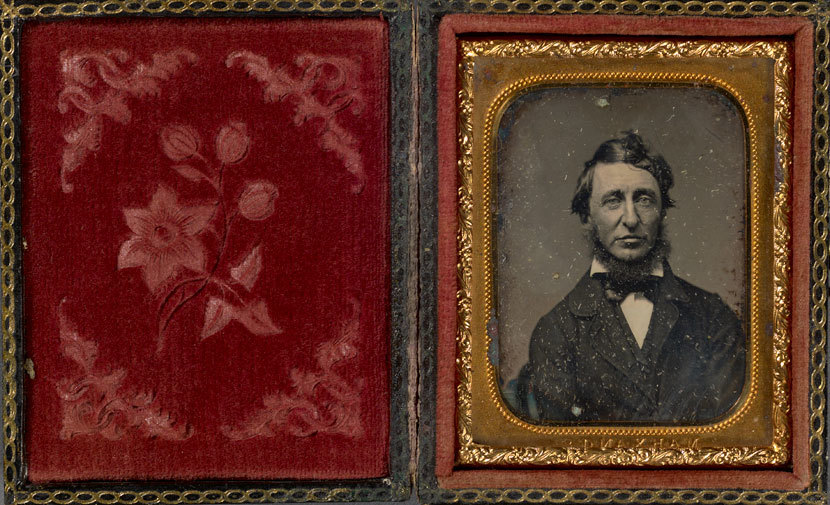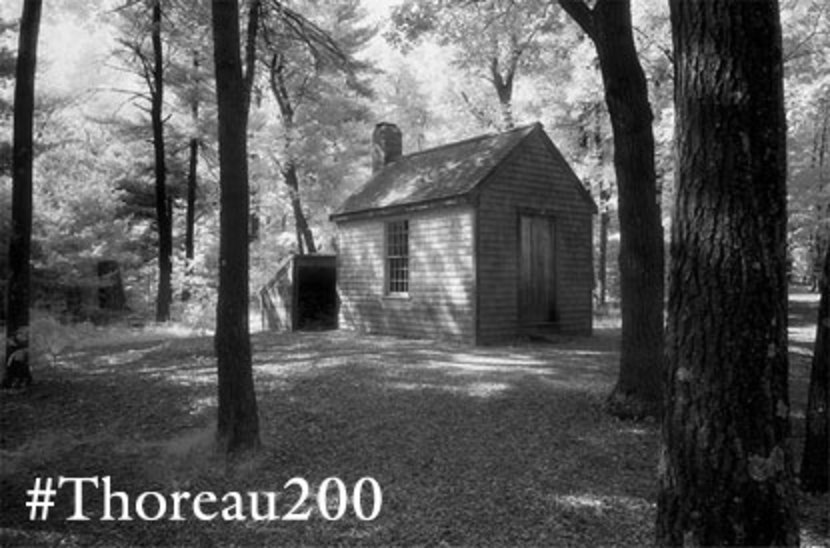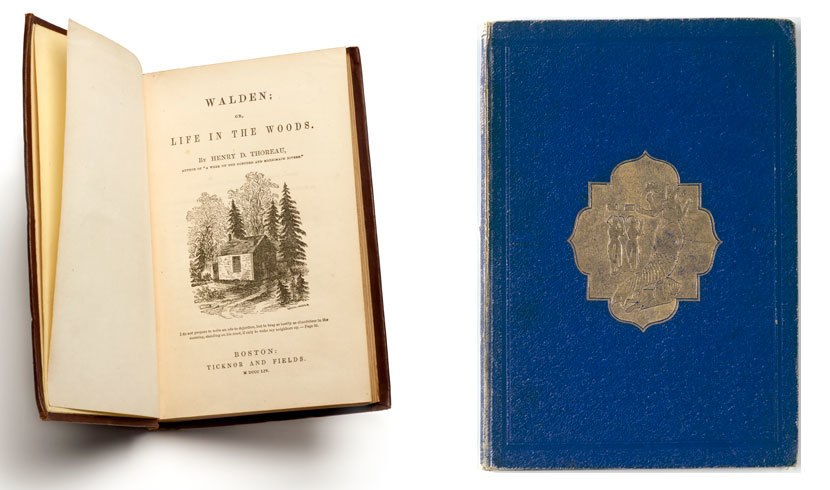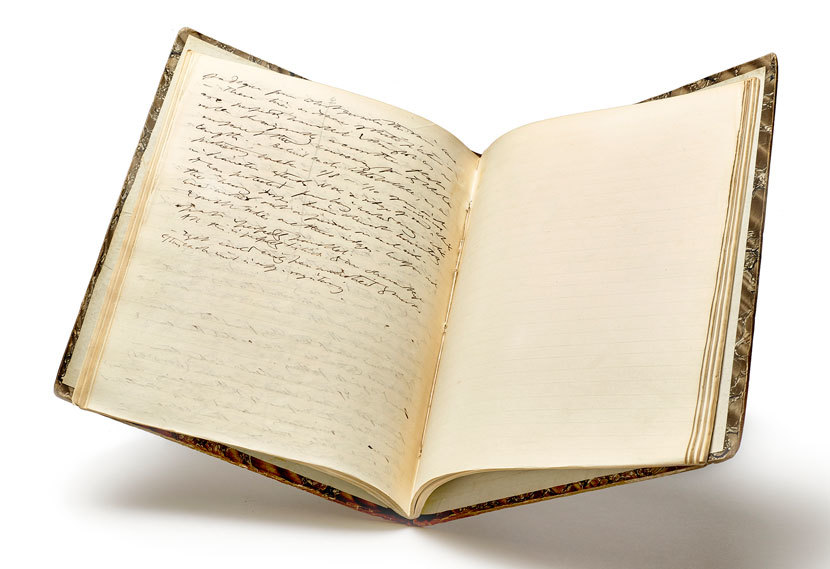
“I hate museums,” groused Henry David Thoreau, in an undated journal entry; “They are the catacombs of nature.”
With all due respect to the author of those words, he might reconsider if he could see the new exhibition at New York City’s Morgan Library & Museum that takes him as its subject. Far from presenting “catacombs,” This Ever New Self: Thoreau and His Journal charts the growth and reach of a singular literary enterprise that at times seems ready to enfold the entire outer world even as it forms an unrivalled record of the author’s innermost self.
 |
| Photo: © John Suiter. |
This was the journal Thoreau kept for nearly a quarter–century, which served him as a diary, a commonplace book, and a scientific log in which he meticulously documented his observations of the natural world in and around his hometown of Concord, Massachusetts. The exhibition makes it clear that the journal, far more than any of his individual books or essays, represents the complete Thoreau, and provides the fullest accounting of his remarkably wide range of interests and commitments—literary, spiritual, and political.
The project began with an entry dated October 22, 1837, in which Thoreau, just out of Harvard and unsure of his vocation, recorded the query put to him by an unnamed interlocutor (almost certainly Ralph Waldo Emerson):
“What are you doing now?” he asked. “Do you keep a journal?”
Duly prompted, Thoreau would go on to log close to 10,000 pages over the next twenty–four years. (Visitors to the Morgan get to see the last page, dated November 3, 1861, not quite six months before he finally succumbed to tuberculosis.) Initially, the journal functioned as a kind of intellectual seedbed wherein stray jottings might sprout, months and even years later, into entire essays and lectures. As Thoreau put it, “Each thought that is welcomed and recorded is a nest egg.”
His various intellectual pursuits would develop into voluminous boughs and branches of their own—perhaps most spectacularly in the case of the “Indian Books,” the twelve notebooks (two of which are on view), ultimately totaling some 3,000 pages, that Thoreau dedicated to his notes on Native American life and culture. Another notebook contains extracts from The Laws of Manu, the classical Hindu text he extols in Walden. (In a nearby vitrine, Thoreau’s personal copy of the Bhagavad Gita, in an 1855 translation, also attests to his lifelong interest in Asian sacred literature.)

The Morgan’s text–heavy exhibition requires (and repays) a certain amount of careful reading, but the fascinating objects on display mean there’s plenty to look at as well. Bibliophiles will enjoy seeing first editions of Walden (1845), Emerson’s Nature (1836), and the inaugural issue of The Dial, the Transcendentalists’ house organ, from July 1840. Other humanizing artifacts testify to the many ways Thoreau earned a living, such as a brilliant blue pencil box from “John Thoreau & Co.” (the family pencil–making business) and the surveying tools—T-square, compass, protractor—which accompanied Thoreau on jobs all over Concord and as far afield as New Jersey.
(A different kind of human interest, meanwhile, comes from the revelation that after meeting Thoreau for the first time in September 1842, Nathaniel Hawthorne confided in his own journal that “Mr. Thorow” was “ugly as sin.” In fairness, Hawthorne then wrote that he found Thoreau “a keen and delicate observer of nature—a genuine observer, which, I suspect, is almost as rare a character as even an original poet.”)
A new kind of comprehensiveness entered the journal in roughly the last decade of Thoreau’s life; it became an almost literal embodiment of his injunction to “Probe the universe in a myriad points.” As Laura Dassow Walls writes in her This Ever New Self: Thoreau and His Journal is on view through September 10, 2017, at the Morgan Library & Museum in New York City. Visit www.themorgan.org for complete exhibition details. The exhibition also travels to the Concord Museum in Concord, Massachusetts after it closes at the Morgan, and will be on view there from September 29, 2017 to January 21, 2018. Library of America is seeking project support for an authoritative selected edition of Thoreau’s journals. Click here to learn more about LOA project support.



